

En lo alto de Nápoles hay una joya que los turistas olvidan. Como tiene un complicado acceso, pocos lo visitan prefiriendo antes dirigirse a Pompeya o al Duomo.
Junto al castillo de Sant’Elmo esta el Monasterio de San Martino que perteneció a la orden de monjes cartujos.
En la actualidad lo están restaurando. Seguro que será un gran reclamo turístico cuando las obras terminen.
En la Cartuja de San Martino se puede visitar una maravillosa colección de belenes porque en Nápoles hay una gran tradición de ellos. Los denominan “pesebres”. Son maravillosos y me fascinan por su realismo. Hace unos días realice un post al respecto. Aquí es dejo el link:
https://steemit.com/travel/@volcandemorcilla/el-belen-de-san-martino
Este monasterio perteneció a la orden de los monjes cartujos, una orden de las llamadas contemplativas porque buscan la espiritualidad en la soledad.
Es interesante esta orden. He investigado y os haré un pequeño resumen de ella.
La regla se rige por los estatutos de San Benito (ora et labora) con algunas particularidades propias que la hacen más estricta porque los cartujos tienen una rigurosa normativa moral y es una de las más austeras.
Buscan la sencillez y la moderación. En sus monasterios los monjes buscan una vida de contemplación, trabajo y oración.
Son monjes de clausura, generalmente hombres, que se aislan del mundo para orar y tener una relación estrecha con Dios. También hay cartujas de mujeres pero son mucho menos frecuente.
Como viven en soledad, requieren de bastante espacio. Disponen de una celda amplia donde aislarse y trabajar. En otros momentos del día viven en comunidad en la iglesia, claustro, refectorio, etc...
Los cartujos visten con una sotana blanca gruesa que cuenta con una gran capucha para cubrir la cabeza. Actualmente solo quedan 23 monasterios cartujos en el mundo.
Los monjes cartujos trabajan en la celda 8 horas y destinan 4 horas a rezar en la iglesia .
El silencio es una regla fundamental. Solo se puede hablar los domingos durante una hora y los lunes hay una salida de 4 horas al exterior del monasterio a un lugar que no sea público .
Los monjes cartujos eran unos grandes coleccionistas. En los siglos XVI y XVII agruparon una gran cantidad de obras en el Monasterio de San Martino. Por ejemplo, en la sacristía hay un descendimiento de Rivera que es fabuloso.
También a los conventos entraba gente adinerada que aportaba una dote al ingreso. En aquella época, en las familias, el destino de los hijos estaba marcado por el orden en su nacimiento. Así, el hermano mayor heredaba el poder y las tierras, mientras que el segundo hermano se destinaba a la iglesia e ingresada en este tipo de conventos aportando una dote. El tercero hermano y sucesivos se destinaban al ejército y las guerras.
Me llamó potentemente la atención que, siendo una orden austera, construyeran con esa exaltación barroca su iglesia y sacristía.
Como veréis en las fotos, decoraron la iglesia, con unas maravillosas pinturas y con unos suelos de mármol muy elaborados.
He consultado mi duda con una historiadora y me ha dado una explicación: En el siglo XVI y XVII sucedió la contrarreforma contra la heregía protestante y calvinista.
Por ello, la iconografía en las iglesias y el estilo
Barroco se utilizó con mucha frecuencia, con objeto de diferenciar estos templos de los protestantes que eran muy sobrios y nada ostentosos.
El templo, desde luego, contrasta con el cementerio raso y deslucido que hace mas gala de los principios religiosos de la orden.
Sobre esta fosa común anónima hice una publicación en Steemit cuya referencia es la siguiente:

At the top of Naples there is a jewel that tourists forget. As it has a complicated access, few visit it preferring before heading to Pompeii or the Duomo.
Next to the Sant'Elmo castle is the monastery of San Martino that belonged to the order of Carthusian monks.
They are currently restoring it. Surely it will be a great tourist attraction when the works finish.
In the Charterhouse of San Martino you can visit a wonderful collection of nativity scenes because in Naples there is a great tradition of them. They are called "pesebres". They are wonderful and fascinate me for their realism. A few days ago I made a post about it. Here is the link:
https://steemit.com/travel/@volcandemorcilla/el-belen-de-san-martino
This monastery belonged to the order of the Carthusian monks, an order of contemplative calls because they seek spirituality in solitude.
This order is interesting. I have researched and I will give you a brief summary of it.
The rule is governed by the statutes of San Benito (ora et labora) with some peculiarities that make it more strict because the Carthusians have a rigorous moral standard and is one of the most austere.
They look for simplicity and moderation. In their monasteries the monks seek a life of contemplation, work and prayer.
They are cloistered monks, usually men, who isolate themselves from the world to pray and have a close relationship with God. There are also female charterhouses but they are much less frequent.
As they live in solitude, they require a lot of space. They have a large cell where they can isolate themselves and work. At other times of the day they live in community in the church, cloister, refectory, etc ...
The Carthusians wear a thick white cassock that has a large hood to cover the head. Currently there are only 23 Carthusian monasteries in the world.
The Carthusian monks work in the cell 8 hours and spend 4 hours to pray in the church.
Silence is a fundamental rule. You can only talk on Sundays for one hour and on Mondays there is a 4-hour trip outside the monastery to a place that is not public.
The Carthusian monks were great collectors. In the sixteenth and seventeenth centuries they grouped a large number of works in the Monastery of San Martino. For example, in the sacristy there is a descent from Rivera that is fabulous.
Also to the convents came wealthy people who contributed a dowry to the income. At that time, in families, the destiny of the children was marked by order in their birth. Thus, the elder brother inherited power and lands, while the second brother went to the church and entered into this type of convents providing a dowry. The third brother and successive were destined to the army and the wars.
I was powerfully attracted by the attention that, being an austere order, they built their church and sacristy with that baroque exaltation.
As you will see in the photos, they decorated the church, with wonderful paintings and very elaborate marble floors.
I consulted my question with a historian and she gave me an explanation: In the sixteenth and seventeenth century, the counter-reformation against Protestant and Calvinist heresy took place.
Therefore, iconography in churches and style
Baroque was used very often, in order to differentiate these temples from the Protestants who were very sober and not at all ostentatious.
The temple, of course, contrasts with the flat and faded cemetery that shows more of the religious principles of the order.
About this anonymous common grave I made a publication in Steemit whose reference is as follows:

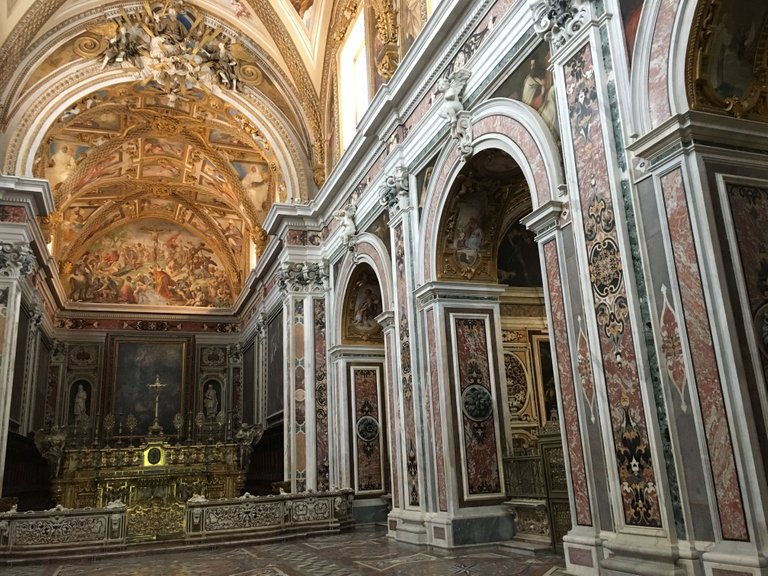

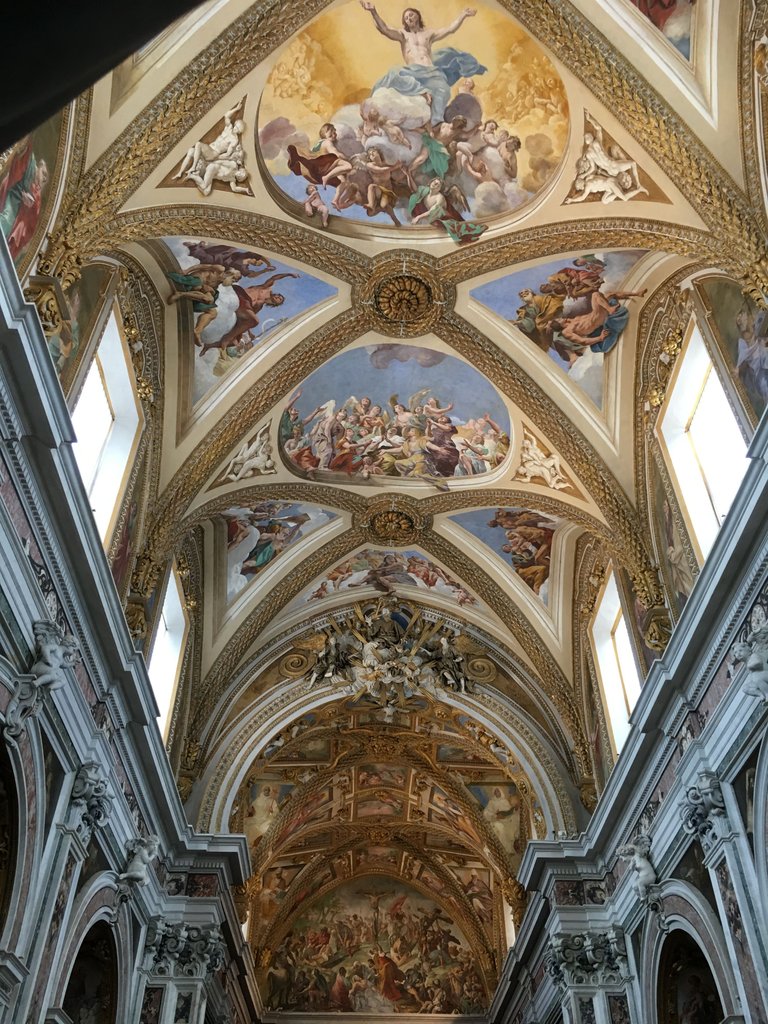

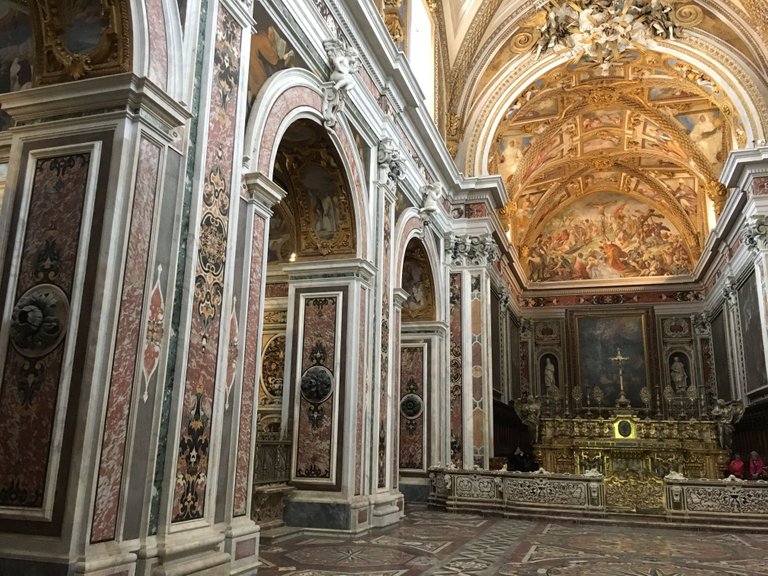

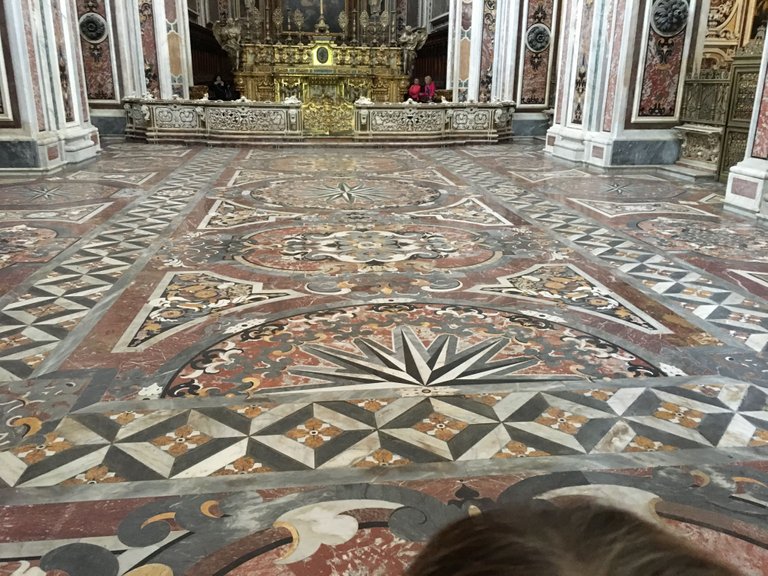

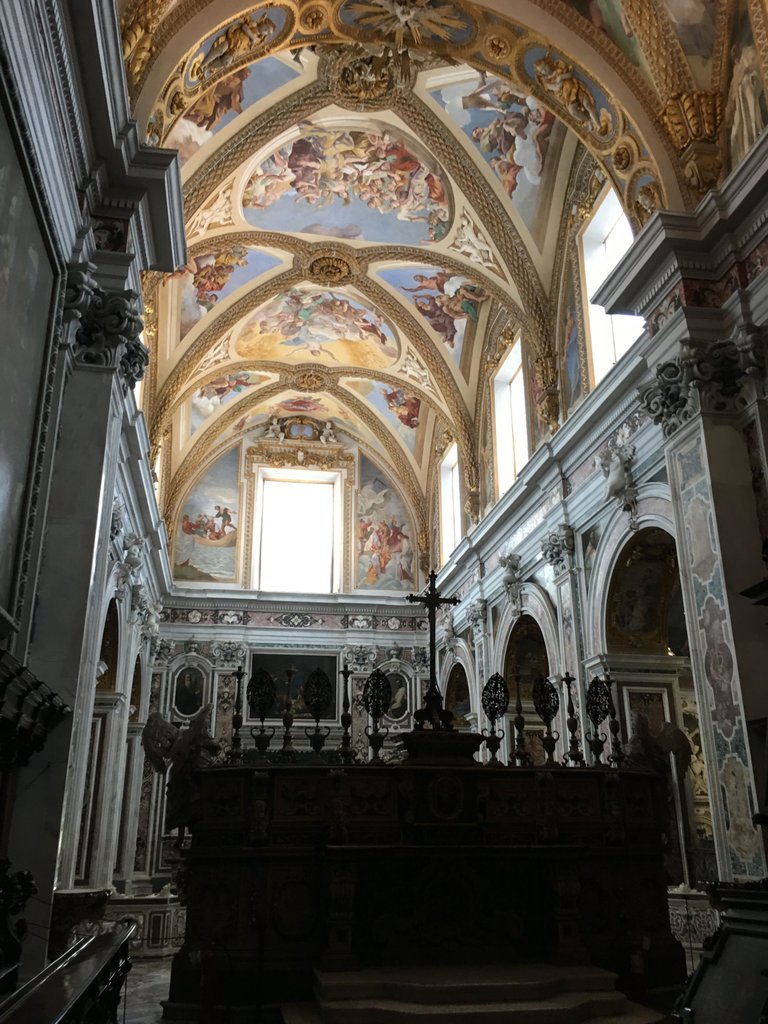

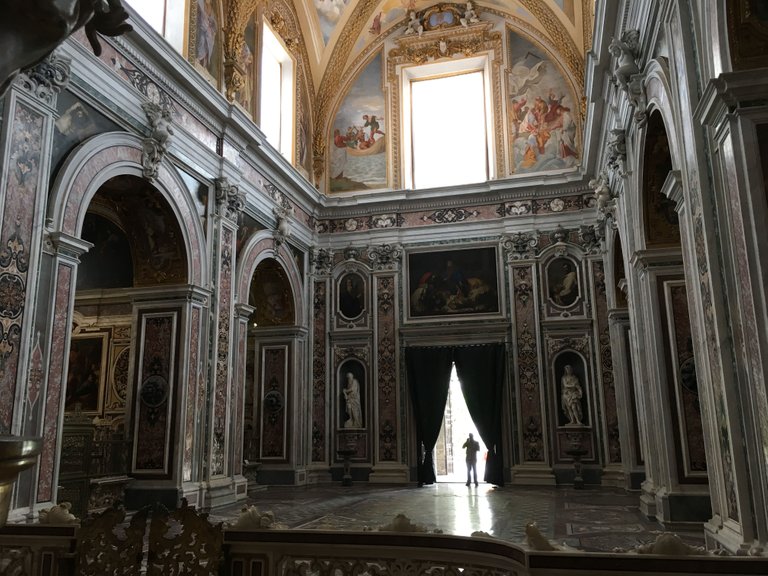

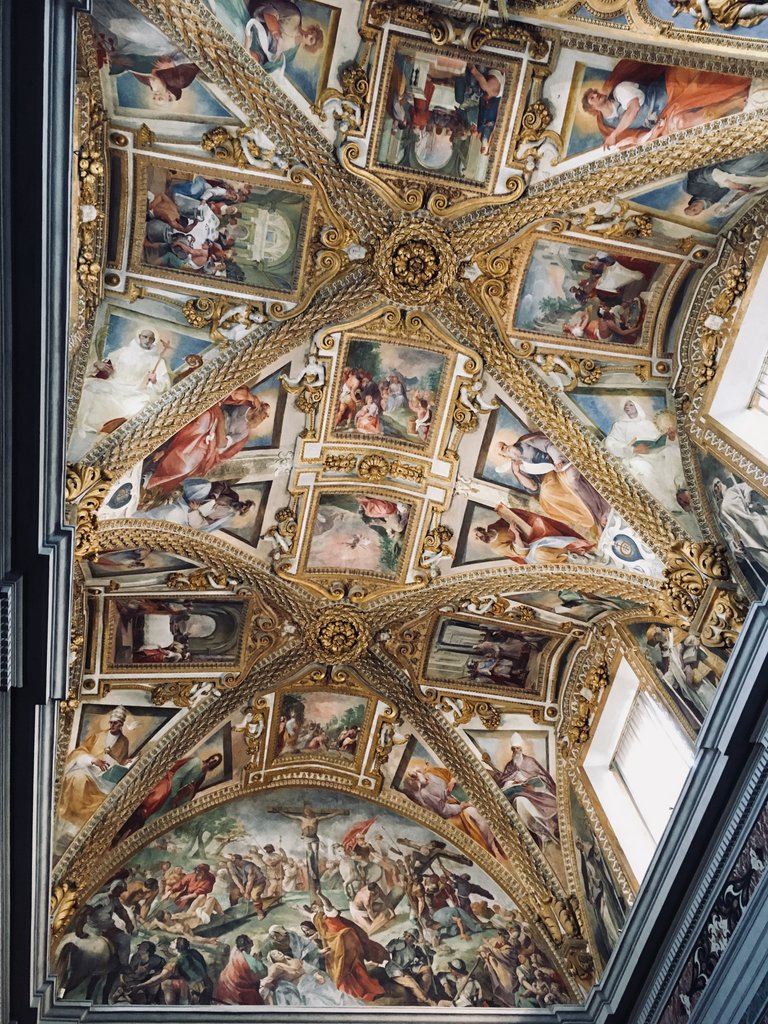

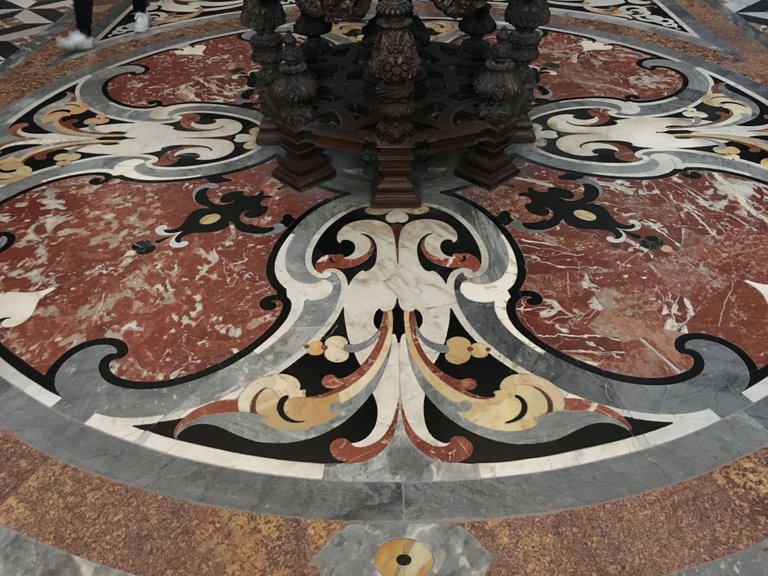

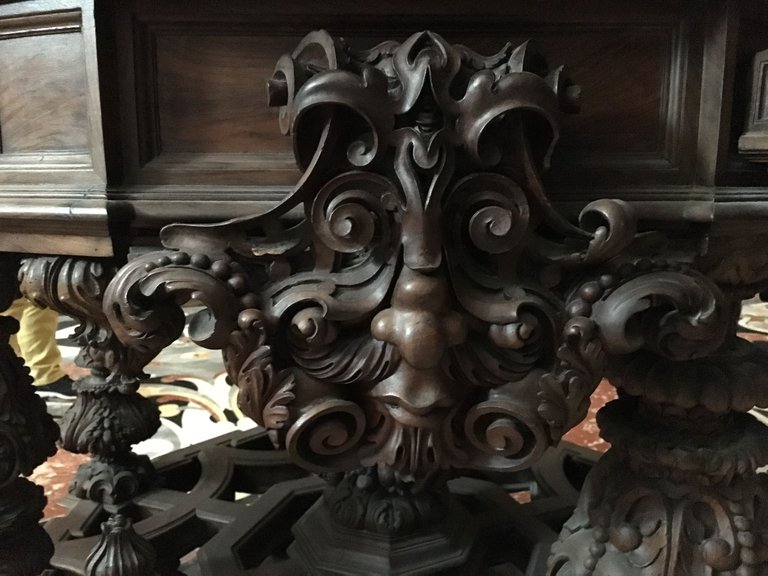

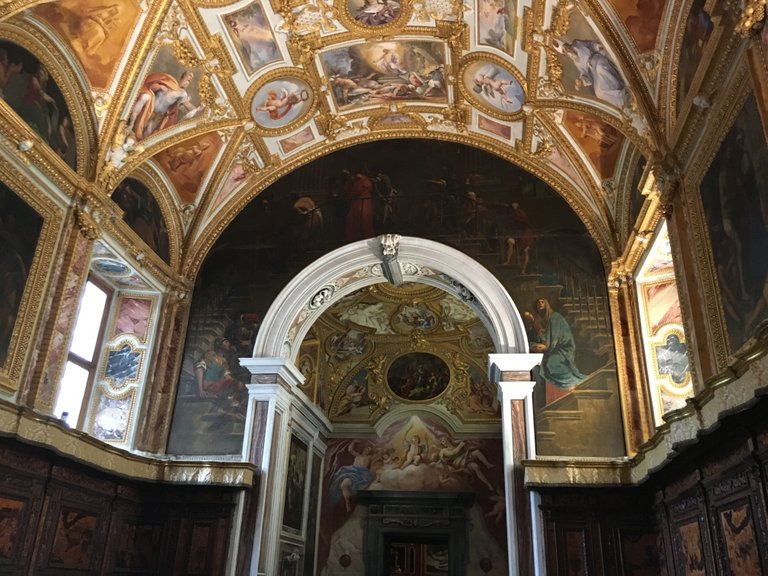

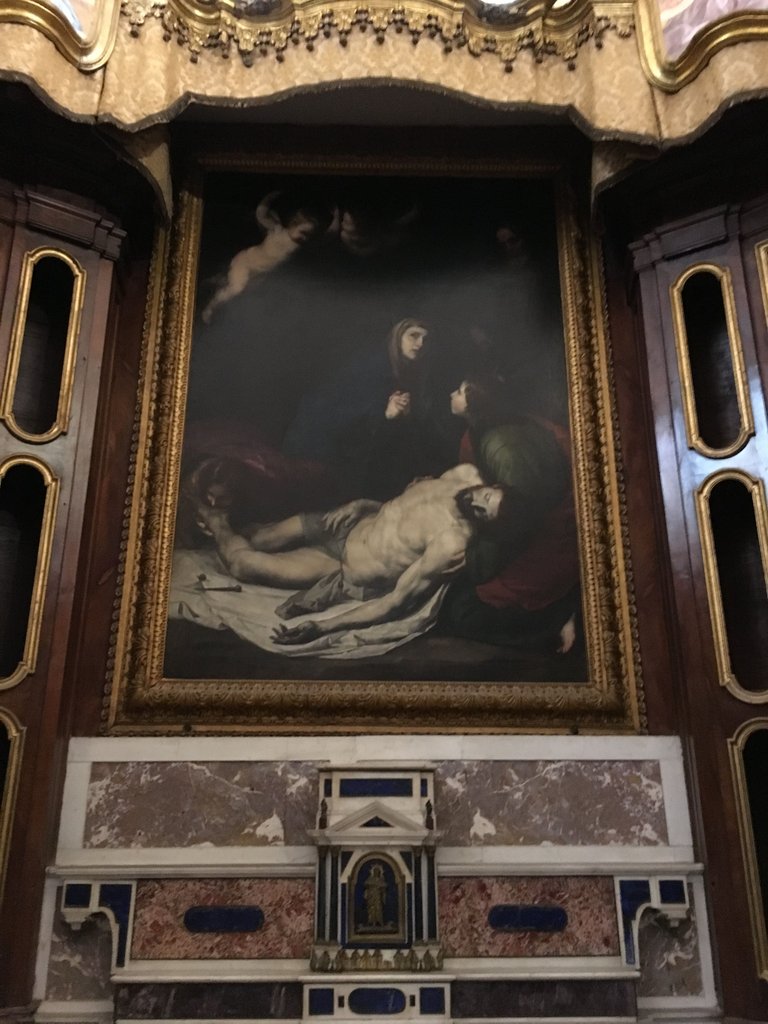

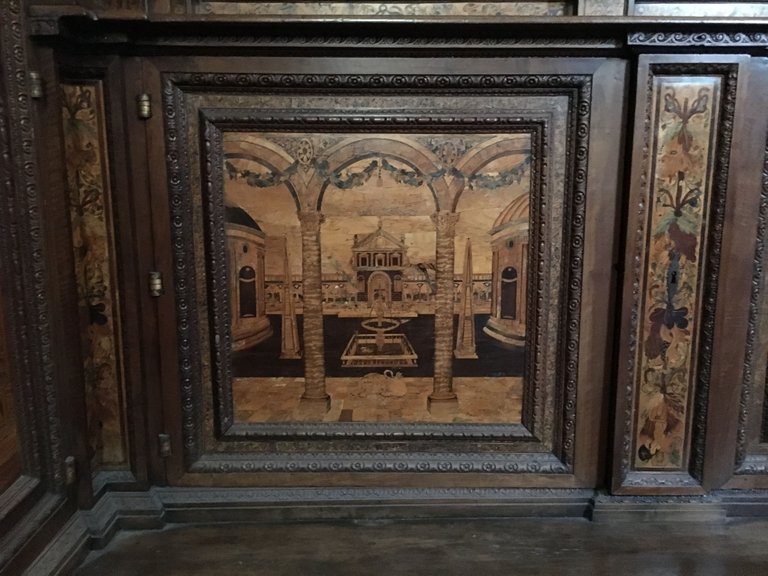

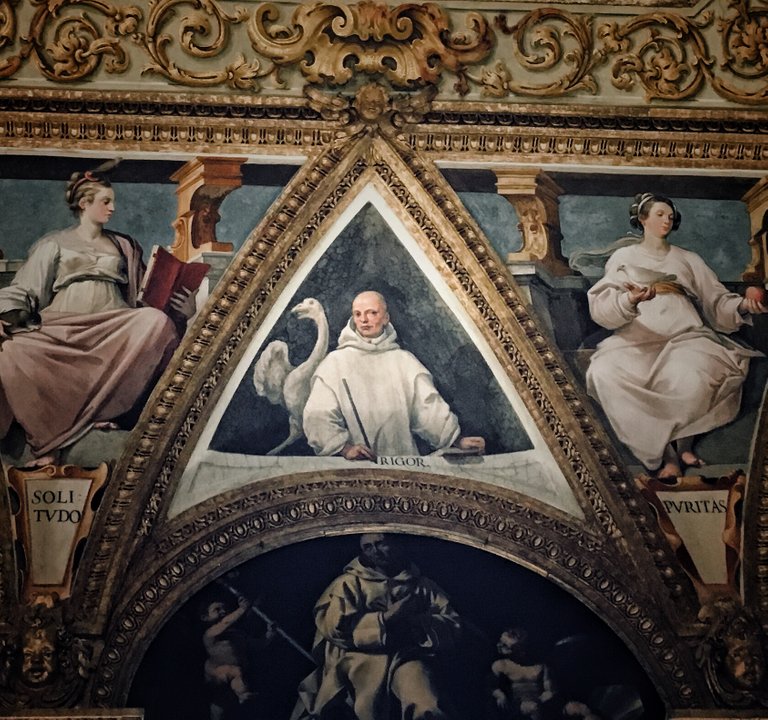

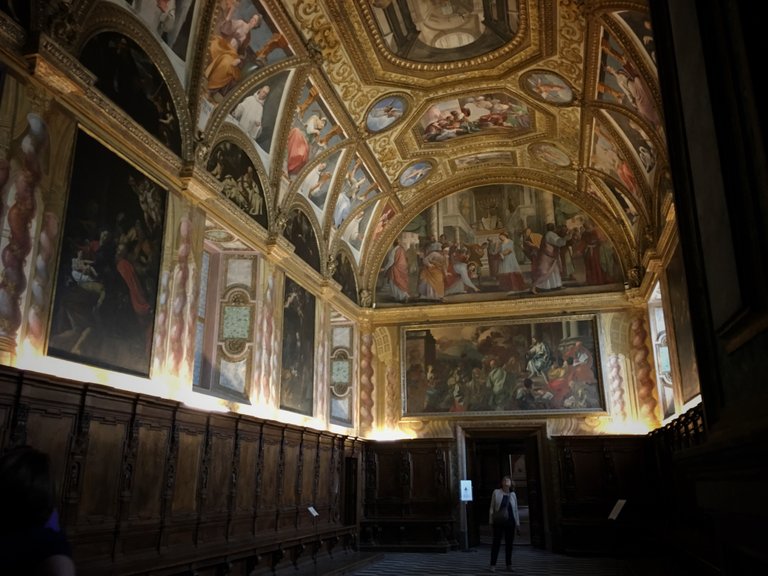

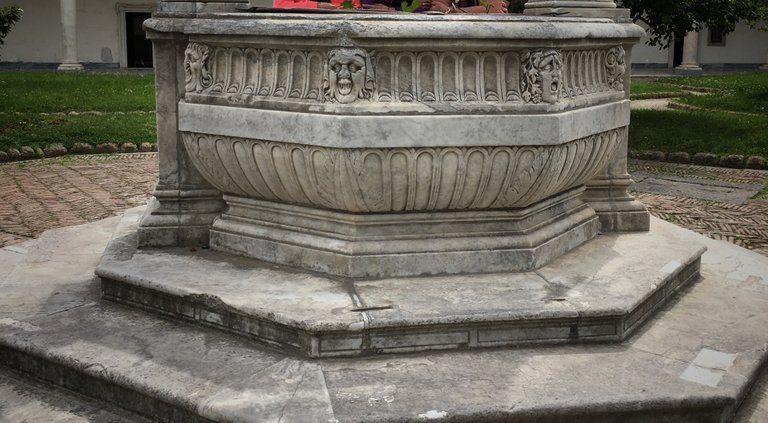

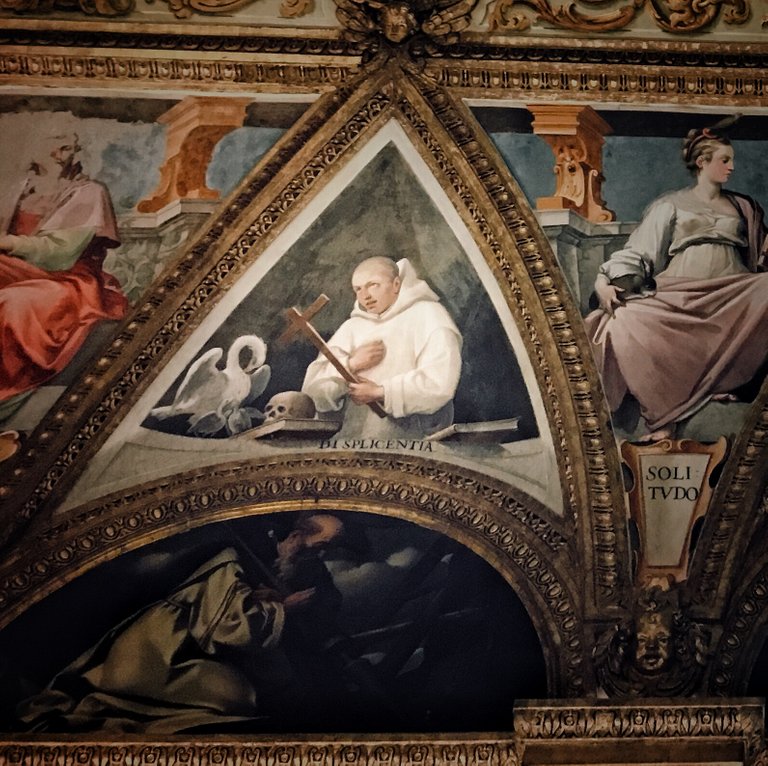


Todas las fotos son mías y originales. Las hice con mi iPhone 6.
¡Espero tus comentarios!
All the photos are original and mine. I made with my iPhone 6.
I await your comments!
VÓTAME Y TE VOTARÉ
Si me votas, buscaré tus post y los votaré. Me gusta ser agradecido.
¡Compruébalo!
VOTE ME AND I WILL VOTE YOU
If you vote for me, I'll find your post and vote for them. I like to be grateful.
Check it!
¡Buen Camino!
Buenísimas fotografías una vez más. Tu escrito es como una crónica. Muy bien logrado. Mi apoyo para ti.
Muchas gracias de todo corazón 😀
Que recorrido tan increíble, las iglesias barrocas tienen una majestuosidad sorprendente, uno puede pasar horas contemplando los detalles. ¡Muchas gracias por compartir! Quiero poder visitar en algún momento ese Monasterio. :a historia de los Cartujos es muy interesante sería una experiencia muy enriquecedora. ¡Saludos!
Me alegro que te gustara.
Para mi fue muy sorprendente aprender el modo de vida de un monje cartujo.
Me encantan las iglesias y catedrales pasear por ellas e intentar encontrar misterios en sus paredes estatuas y cuadros...
Pues en esta disfrutarias...
No es muy grande, pero esta llena de detalles. Desde el coro a los suelos. De los cantorales a los techos...
Una joya 😊
Un lugar lleno de calma, como para ir a flashear un rato ...
Cierto!